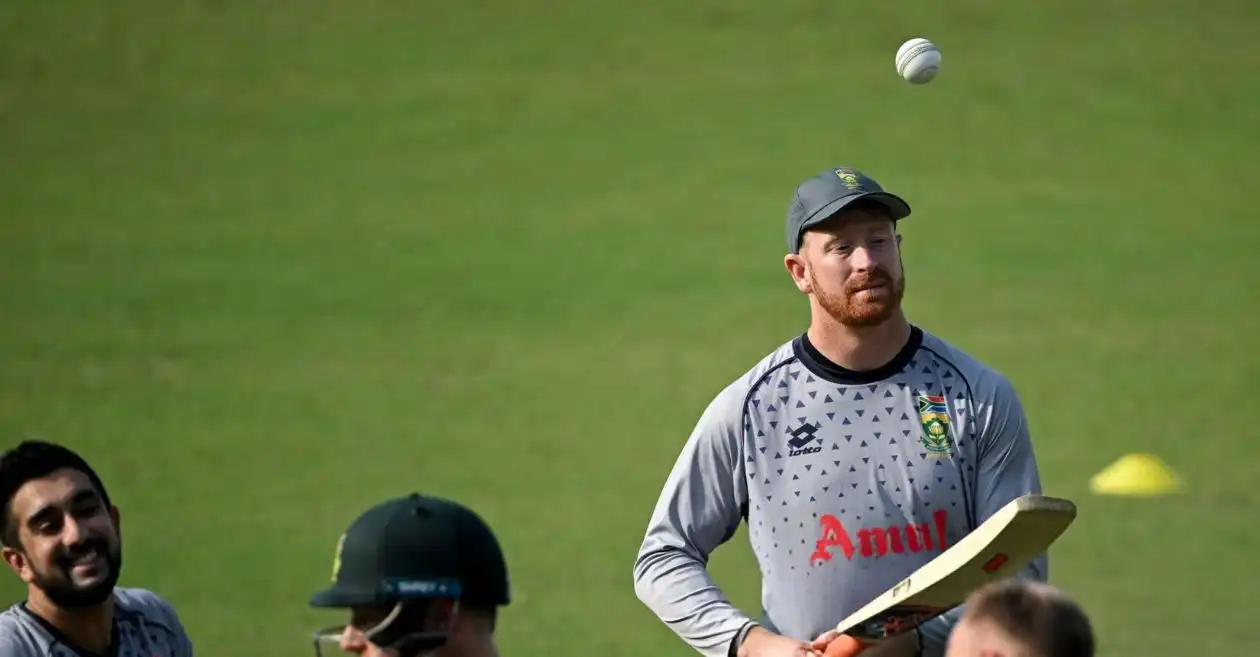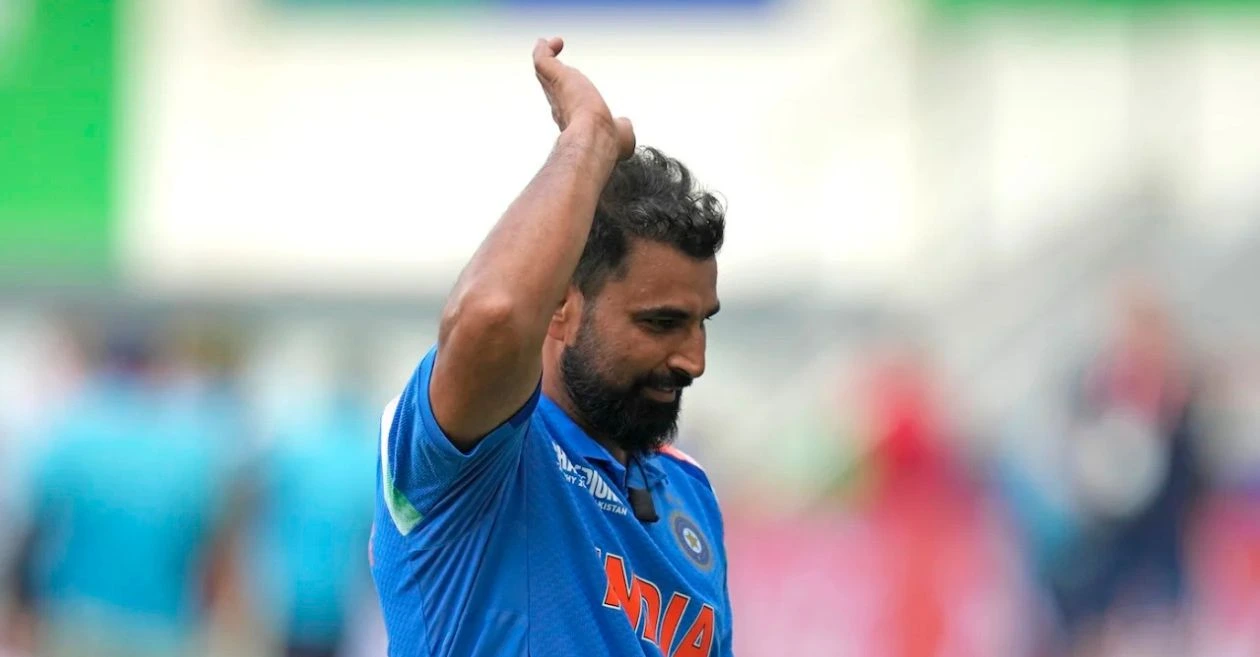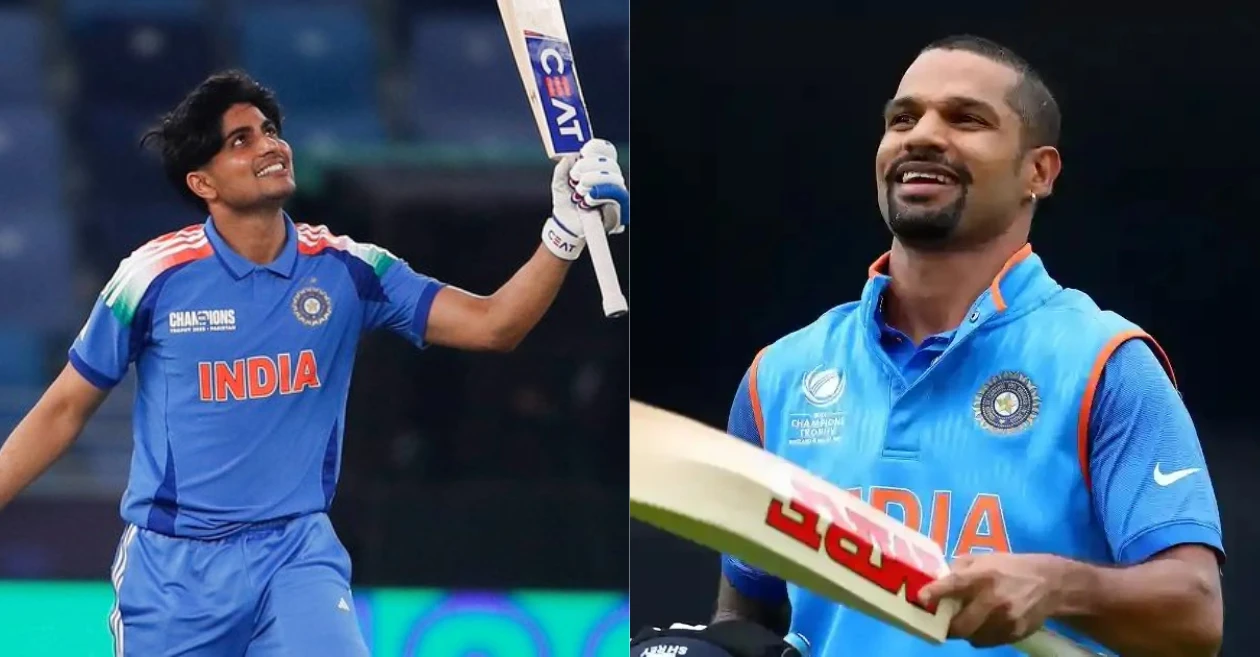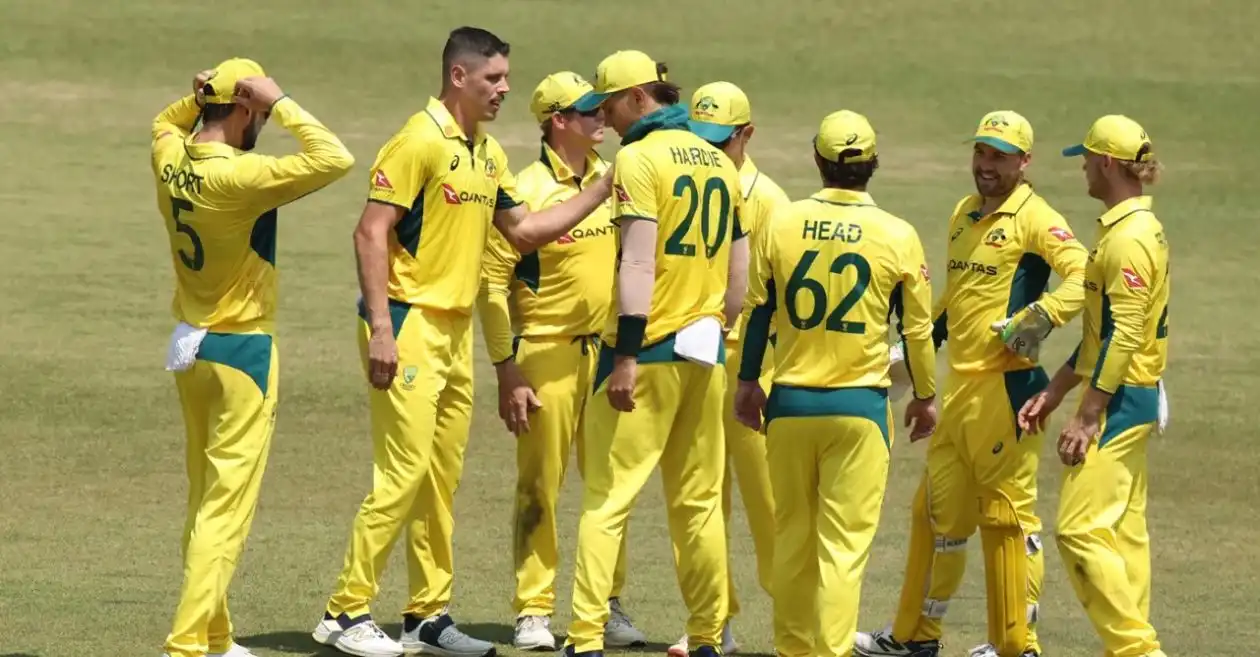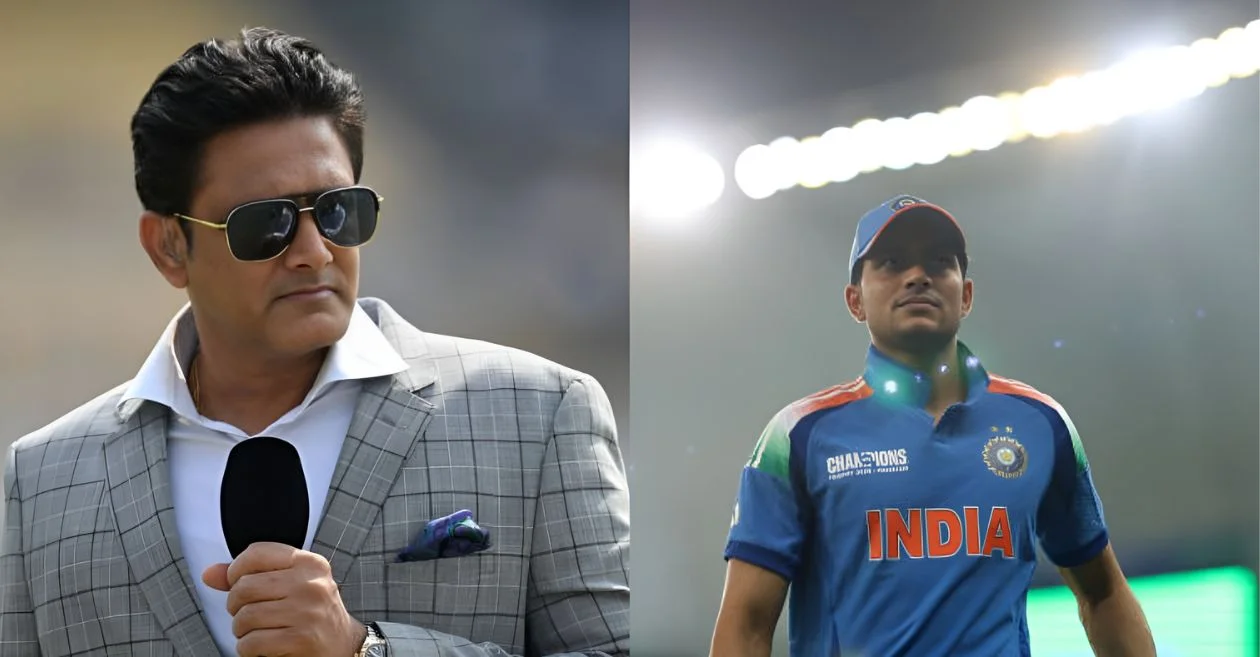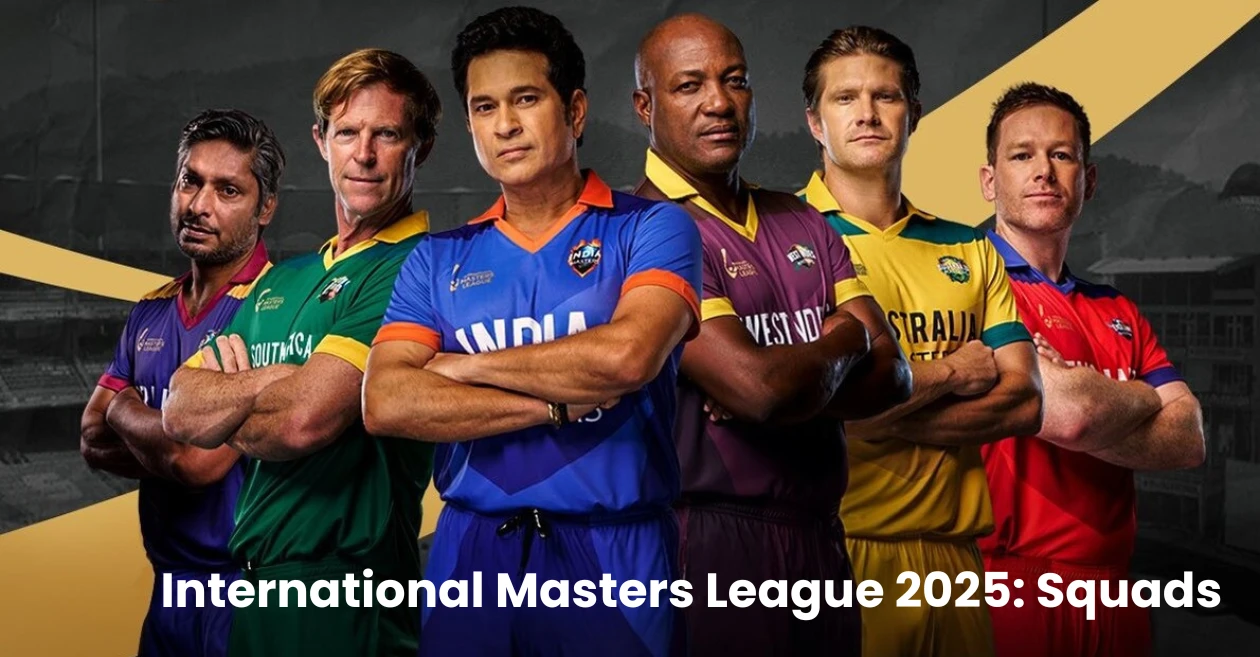As the ICC Champions Trophy 2025 kicks off, Bangladesh find themselves in a challenging Group A alongside cricketing giants India, New Zealand, and Pakistan. The Tigers, led by Najmul Hossain Shanto, are determined to defy expectations and make a mark in the tournament. However, their recent form and squad composition raise questions about their ability to compete against these formidable opponents.
Recent form of Bangladesh in ODI format
Bangladesh’s recent ODI form has been far from inspiring. In 2024, they won only three out of nine matches, including a 3-0 whitewash against the West Indies and a 2-1 series loss to Afghanistan. Their batting has been inconsistent, with the top order failing to fire consistently. The middle order, reliant on veterans like Mushfiqur Rahim and Mahmudullah, has struggled to accelerate in crucial moments. Despite occasional flashes of brilliance, such as Jaker Ali’s promising performances, Bangladesh’s inability to handle pressure in high-stakes matches remains a significant concern. Their recent defeats highlight vulnerabilities in both batting and bowling, making their Champions Trophy campaign an uphill battle.
Squad composition and key absences
Bangladesh’s squad for the Champions Trophy reflects a team in transition. The absence of stalwarts like Shakib Al Hasan and Tamim Iqbal leaves a void in experience and leadership. Najmul Hossain Shanto, the captain, is out of form, adding pressure on the middle order. The squad features promising talents like Tanzim Hasan and Nahid Rana, who bring raw pace to the bowling attack. However, the spin department lacks the depth it once had, with Mehidy Hasan Miraz being the only reliable option. The exclusion of Litton Das due to poor form further weakens the batting lineup, leaving Bangladesh heavily reliant on Rahim and Mahmudullah to anchor the innings.
Also READ: India’s group-stage rivals: Evaluating Pakistan, New Zealand & Bangladesh in Champions Trophy 2025
Bangladesh’s performance in Champions Trophy
Bangladesh’s Champions Trophy history is modest, with only two wins in 12 matches. Their best performance came in 2017 when they reached the semi-finals, defeating New Zealand in the group stage. However, their overall record highlights their struggles against top-tier teams. With a win percentage of just 16.67%, Bangladesh have often been outclassed in the tournament. Their inability to handle pressure in knockout stages remains a recurring theme, making their 2025 campaign a test of resilience and adaptability.
Fixtures, venues, and opponents
Bangladesh’s group-stage journey begins with a tough clash against India on February 20 in Dubai. They then face New Zealand on February 24 in Rawalpindi, followed by a match against Pakistan on February 27 at the same venue. These fixtures present a daunting challenge, as all three opponents are strong contenders for the title. Playing in subcontinental conditions may offer some advantage, but Bangladesh will need to overcome their recent poor form to stand a chance.
Evaluating Bangladesh’s Group-Stage Rivals
New Zealand
Strength: New Zealand boast a balanced squad with experienced players like Kane Williamson and Devon Conway. Their recent Tri-Nation Series triumph in Pakistan highlights their adaptability to subcontinental conditions. The presence of all-rounders like Glenn Phillips and Daryl Mitchell adds depth to their lineup, making them a formidable opponent.
Weakness: The absence of Trent Boult and Tim Southee weakens their pace attack, leaving them reliant on less experienced bowlers. Additionally, their middle order sometimes struggles to accelerate in high-pressure situations, which could be exploited.
Threat: New Zealand’s disciplined bowling and strategic gameplay make them a dangerous opponent. Their ability to exploit swing-friendly conditions could trouble Bangladesh’s fragile top order.
India
Strength: India’s batting lineup, featuring Rohit Sharma, Virat Kohli, and Shubman Gill, is one of the strongest in the tournament. Their spin attack, led by Kuldeep Yadav and Ravindra Jadeja, is a major weapon, especially on turning pitches.
Weakness: The absence of Jasprit Bumrah and Mohammed Siraj weakens their pace attack. Their death bowling remains a concern, which Bangladesh could target in the final overs.
Threat: India’s spin-heavy strategy and batting depth make them a formidable challenge. If the pitch assists spinners, Bangladesh’s middle order could struggle to keep the scoreboard moving.
Pakistan
Strength: Pakistan’s lethal pace attack, featuring Shaheen Afridi, Naseem Shah, and Haris Rauf, is their biggest strength. Their ability to thrive under pressure and pull off unexpected wins makes them a dangerous opponent.
Weakness: Inconsistent batting and fielding lapses remain significant weaknesses. If Babar Azam and Mohammad Rizwan fail to fire, Pakistan’s middle order could collapse under pressure.
Threat: Pakistan’s ability to strike early with the new ball and dominate in high-pressure situations poses a significant threat to Bangladesh’s top order.








